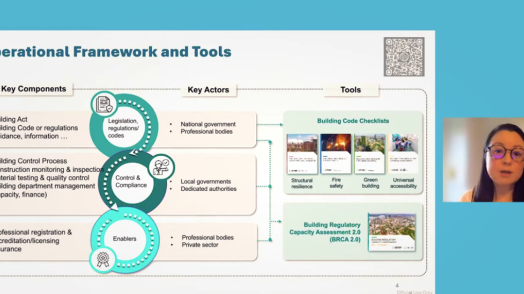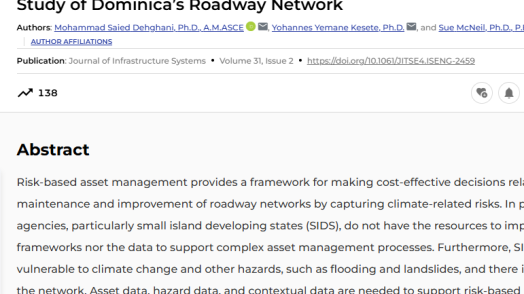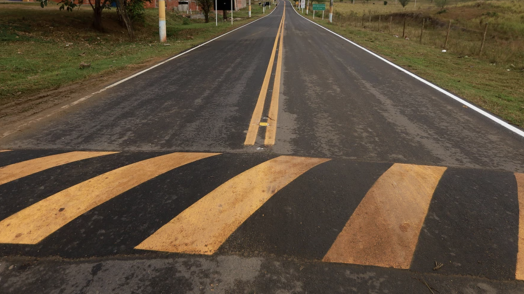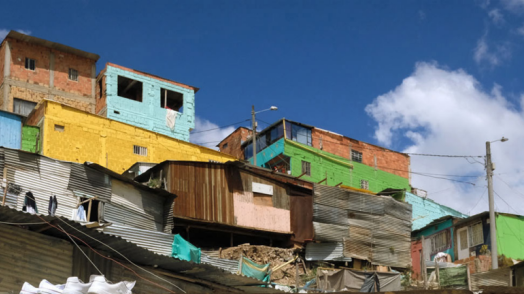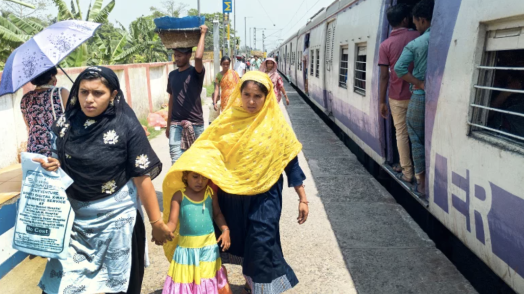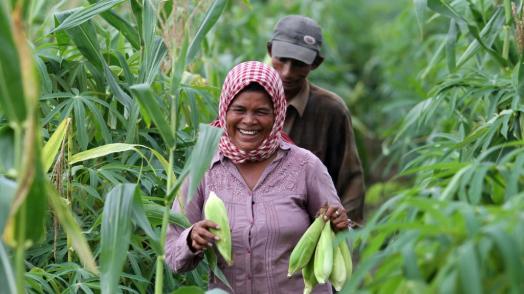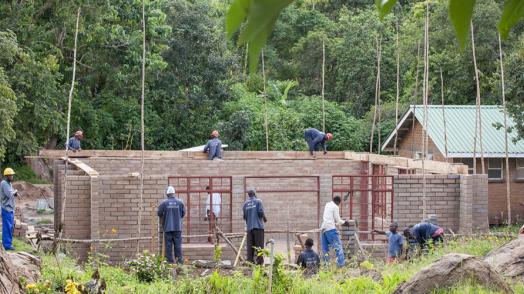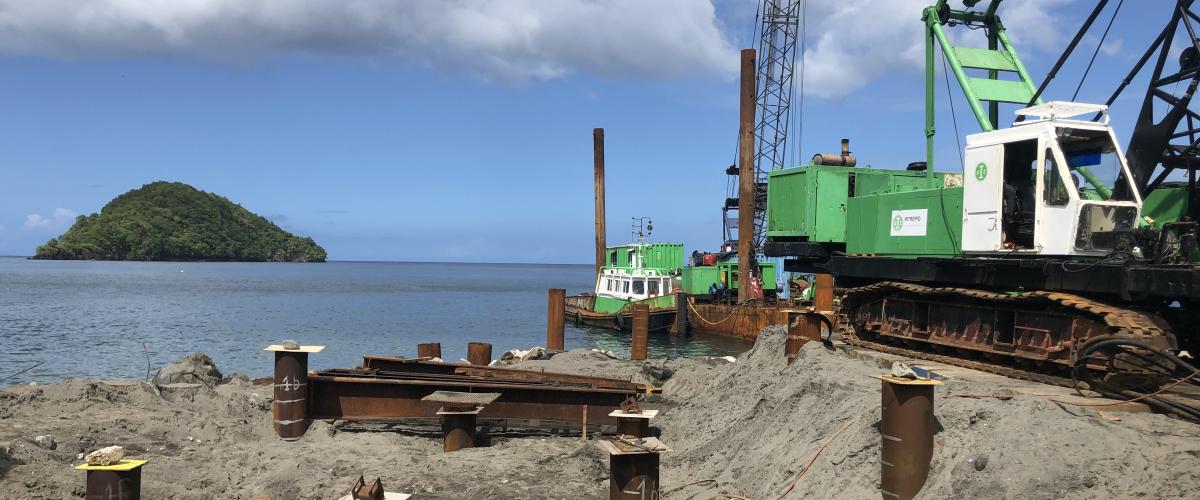GFDRR is mainstreaming disaster risk management (DRM) across multiple infrastructure sectors, promoting resilient infrastructure through targeted knowledge, tools and operational support.
GFDRR is working across World Bank Global Practices (GP) to open access to DRM technical and financial resources for investments in energy, transport, water, and the built environment. Resilient Infrastructure will aim at providing task teams and clients with access to cutting edge methods and best practices by promoting a knowledge sharing and networking environment in addition to direct support from the GPRI to specific projects.
Resilient Infrastructure brings together sectoral specialists and DRM experts. Through this thematic area, GFDRR supports national and local governments, infrastructure owners and operators to mitigate disaster risk throughout the lifecycle of infrastructure assets. This is done by improving operations management practices, mitigating exposure of planned infrastructure, prioritizing disaster risk management investments based on risk mapping, increasing access to disaster resilient design standards, strengthening asset maintenance, and developing policy and institutional frameworks for infrastructure emergency preparedness and business continuity. │
Highlights from Resilient Infrastructure

Watch the Resilient Infrastructure videos playlist on YouTube

